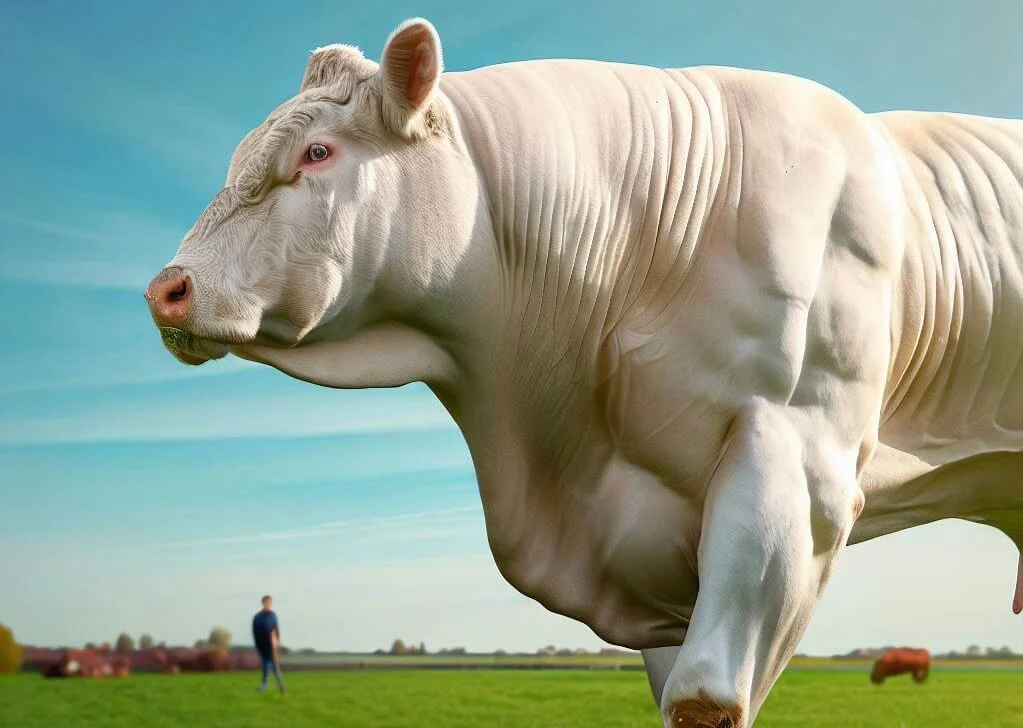
The Future of AI and Chatbot Assistants in Cattle Farming
Share
Artificial intelligence (AI) and chatbot technology are transforming industries worldwide, and the beef cattle farming sector is no exception. These innovative tools have the potential to revolutionize the way farmers manage their herds, improving efficiency, productivity, and profitability. This blog post explores the future of AI and chatbot assistants in the beef cattle farming industry, discussing how these technologies can benefit farmers and what we can expect in the coming years.
Unlocking Data-Driven Decision Making
One of the most significant benefits of AI and chatbot technology in beef cattle farming is the ability to collect and analyze vast amounts of data, enabling farmers to make more informed decisions. AI-powered tools can process data from various sources, such as sensors, weather forecasts, and market trends, providing insights and recommendations that help farmers optimize their operations.
For example, AI can analyze cattle's weight data, genetic information, and health records to determine the best breeding strategies, ensuring the production of high-quality offspring. Similarly, AI can process data on feed consumption, growth rates, and environmental factors to optimize feeding practices, reducing costs and improving animal health.
Chatbots can serve as user-friendly interfaces for farmers to access these insights, making it easier for them to implement data-driven decisions. By asking a chatbot for recommendations on breeding or feeding strategies, farmers can quickly access valuable information without having to sift through complex datasets
